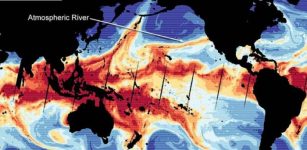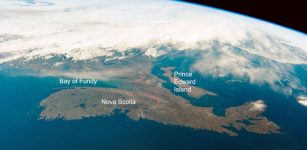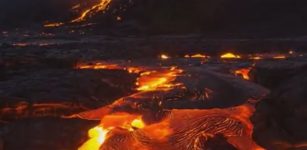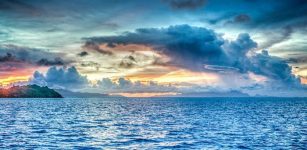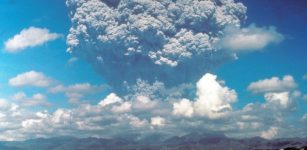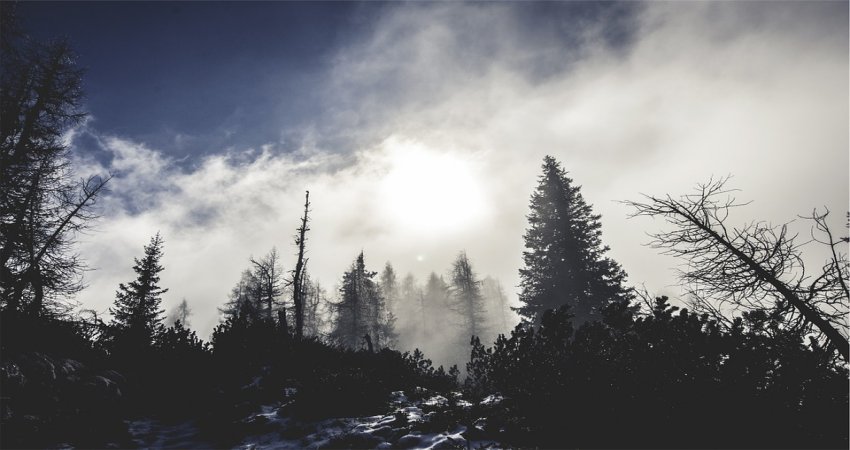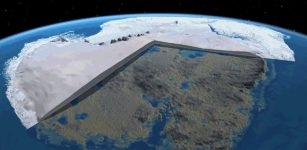Lost ‘Resurrection’ Tectonic Plate Found In Northern Canada – Geologists Say
Eddie Gonzales Jr. – MessageToEagle.com – The lost ‘Resurrection’ tectonic plate has long been a topic of debate among geologists.
Some have questioned its existence, arguing it was never real. Others, on the other hand, say it subducted—moved sideways and downward—into the earth’s mantle somewhere in the Pacific Margin between 40 and 60 million years ago.
A 3D block diagram across North America showing a mantle tomography image reveals the Slab Unfolding method used to flatten the Farallon tectonic plate. By doing this, Fuston and Wu were able to locate the lost Resurrection plate. Credit: Spencer Fuston and Jonny Wu, University of Houston Dept. of Earth and Atmospheric Sciences in the College of Natural Sciences and Mathematics
Now, geologists at the University of Houston College of Natural Sciences and Mathematics believe they have found the lost plate in northern Canada by using existing mantle tomography images—similar to a CT scan of the earth’s interior.
Their findings could help geologists better predict volcanic hazards as well as mineral and hydrocarbon deposits.
“Volcanoes form at plate boundaries, and the more plates you have, the more volcanoes you have,” said Jonny Wu, assistant professor of geology in the Department of Earth and Atmospheric Sciences.
“Volcanoes also affect climate change. So, when you are trying to model the earth and understand how climate has changed since time, you really want to know how many volcanoes there have been on earth.”
Wu and Spencer Fuston, a third-year geology doctoral student, applied a new technique called ‘slab folding‘ to reconstruct what the tectonic plates would have looked like during the early Cenozoic Era.
“We believe we have direct evidence that the Resurrection plate existed. We are also trying to solve a debate and advocate for which side our data supports,” Fuston said.
Using 3-D mapping technology, Fuston applied the slab unfolding technique to the mantle tomography images to pull out the subducted plates before unfolding and stretching them to their original shapes.
“When ‘raised’ back to the earth’s surface and reconstructed, the boundaries of this ancient Resurrection tectonic plate match well with the ancient volcanic belts in Washington State and Alaska, providing a much sought after link between the ancient Pacific Ocean and the North American geologic record,” explained Wu.
Written by Eddie Gonzales Jr. – MessageToEagle.com Staff


